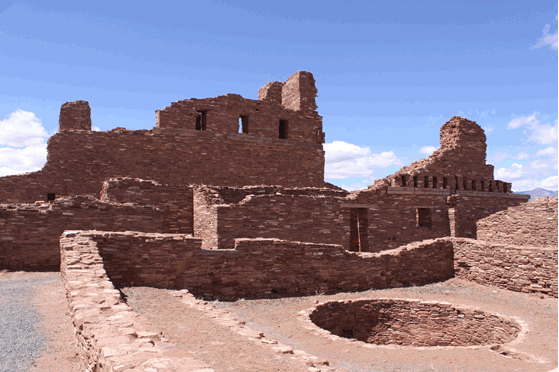
My last stop of the day was at White Sands National Monument. I passed through a dust storm on the way there and the temperature quickly climbed to above 100 degrees. So naturally I decided to go hike a 1 mile dune trail in my flip flops with no water. 1 mile seems much farther on sand. I kept getting freaked out because the trail is across sand so you have to look to see where the markers are in the sand to follow it. The scenery was spectacular though.
Finally I drove into the heart of the park and it was stunning. The white sands dunes are made up of gypsum crystals and make up the worlds largest gypsum dunefield.
Everywhere you look is just completely white. It reminds me of a snowstorm. I was there in the evening so there weren't a lot of people around so I stopped at a variety of different dunes to take in the vista. On the nature hike I had some sun but the clouds started rolling in but I still got some great shots.
The plan was to do a ranger guided hike but as we were gathering the ranger informed us that her lightning detector was going off and the hike was cancelled. The sky was looking pretty foreboding so I hightailed it out of there to safety.

I encountered a pretty wicked duststorm but luckily I made it to my hotel just in time. I'm so glad I finally got to see White Sands. I really loved Great Sand Dunes in Colorado but the vastness of these pristine white dunes coupled with the stormy weather made for a really unique atmosphere that I really enjoyed.



































